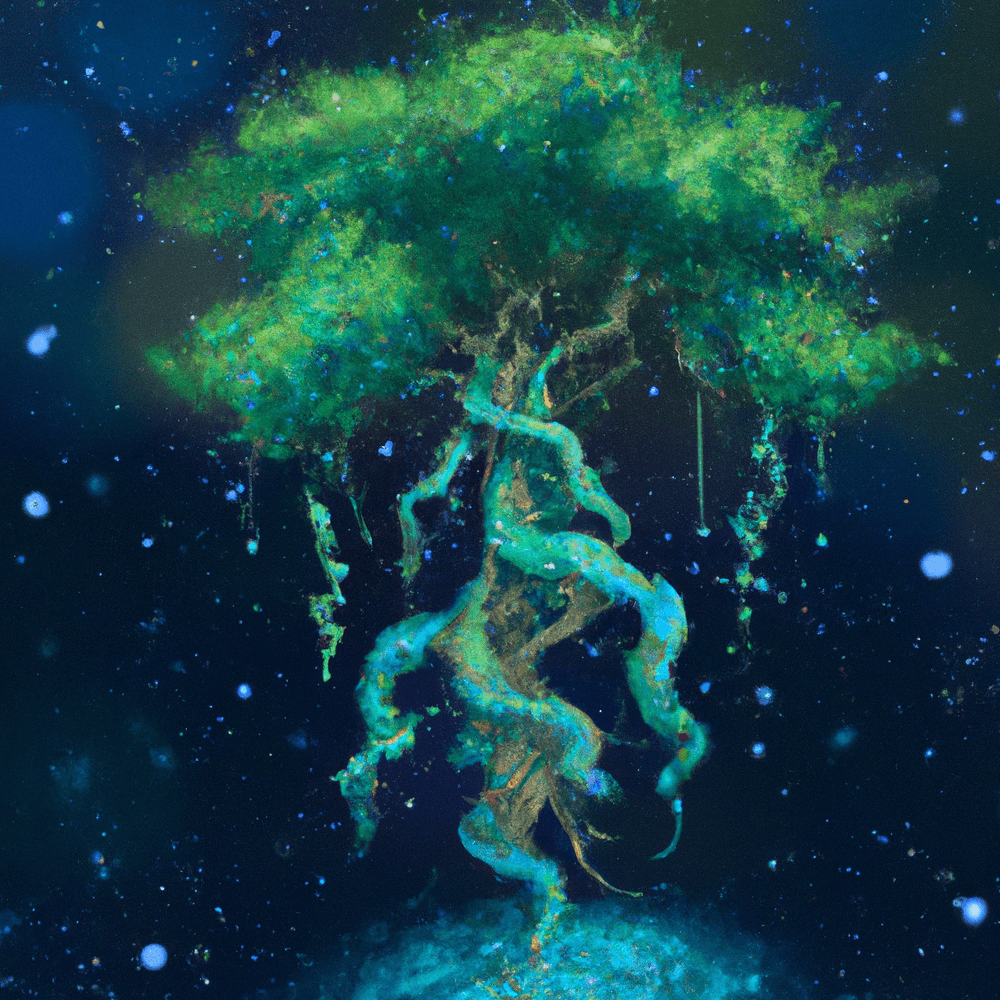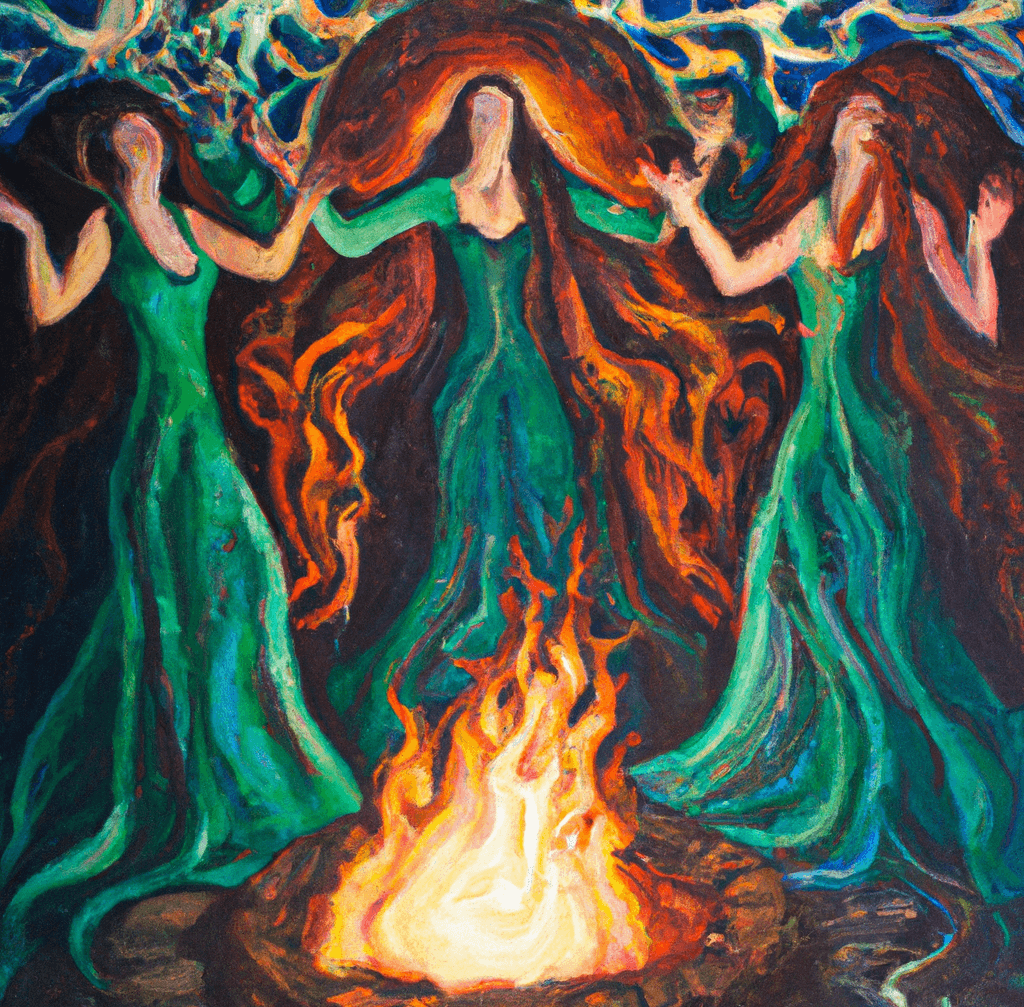Wolves in Norse Mythology and The Legend of Geri and Freki
Norse mythology is rich with fascinating stories and compelling characters. The Gods, Goddesses, giants, dwarves, and monsters of Norse mythology were sometimes brutal, sometimes comical, but always fascinating. But perhaps most essential to Norse mythology were animals, and in particular — wolves.

Wolves in Norse mythology appear as friends and foes to the gods, embodying the wild, primal nature of the wilderness and the loyalty and protection of the family. In many ways, they are the perfect symbol for Norse mythology as a whole — brutal, beautiful, and full of fascinating lessons. In some stories, they were helpful companions, while in others, they were menacing and dangerous. Regardless of how they were portrayed, wolves always added an element of wildness and unpredictability to the stories in which they appeared.
The Legend of Geri and Freki
The most famous story involved the God Odin and his relationship with Geri and Freki. Geri, meaning "the greedy one," and Freki, meaning "the ravenous one," were two of Odin's many wolves who followed the god Odin into battle. In return, Odin rewarded them with meat from his plate and a place by his side. There, they could do his bidding, eating the dead and performing other duties such as protecting their master from those who would do him harm.
Norse mythology viewed wolves as symbols of destruction, chaos, loyalty, and protection. This dichotomy exemplified how the Norse people saw the world around them; as a place of great beauty and danger. They were people who lived in harmony with nature but were also well aware of the dangers that it posed. In war, spotting a grey wolf was considered a good omen, as the Norse believed the wolf would protect the warrior in battle and lead them to victory.
Norse mythology believed that Odin gave humans "the soul" and, in doing so, instructed humans to look to the wolves for guidance. Wolves were seen as illustrative of the revered Norse moral of caring for one another. In other words, the Norse people believed that we should all protect one another, as the wolves do for their pack. In the story of Geri and Freki, it is said that Odin had no need to hunt as his wolves would share their kills with him, yet he always insisted on giving them the choicest pieces of meat. This act represented how Norse people should care for each other, share what they have with those who have less, and always be willing to help those in need. In this way, the Norse also viewed wolves as teachers, and they continue to be revered in Scandinavian culture.
Other Wolves in Norse Mythology
Geri and Freki were not the only wolves in Norse mythology. In fact, there were many. Another set of famous wolves, Hati and Skoll, were the sons of Fenrir, the giant wolf who prophesized to kill Odin during Ragnarok. Hati, meaning "he who hates," was tasked with devouring the moon, while Skoll, meaning "the one who moves swiftly," was tasked with devouring the sun. The Norse believed that they'd succeed, and when they did, it would lead to the end of the world — known as Ragnarok — which is one of the most important aspects of Norse mythology.

In these stories, wolves were associated with death, destruction, and the world's end. The Norse believed that Odin's affinity toward wolves was because gods, like humans, are creatures that must face their death. Some scholars go so far as to say that Odin had Geri and Freki to represent the duality of life and death, a key component of Norse mythology. As discussed, not even the gods were immortal, and wolves constantly reminded humans that death was always lurking and that they, too, would one day meet their end.
Loyal, protective, and robust: wolves in Norse mythology symbolized manifold aspects of the human condition. They were at once monsters and allies, teachers and protectors. To the Norse people, they were a source of wonder, fear, and respect. When the natural world was still wild and untamed, wolves represented all that was good and bad in the world around them. As the indiscriminate predators they are, they personified the dangers of nature and the harshness of the world around us — but also represented the power of community and reliance on one another, as humans in this togetherness find comfort, protection, and strength.
The beauty of Norse mythology is that it welcomes endless interpretation, which is as compelling as the creature of the wolf itself and, most importantly, reflects the profound complexity of humanity and mythology's role in shaping our identities.


